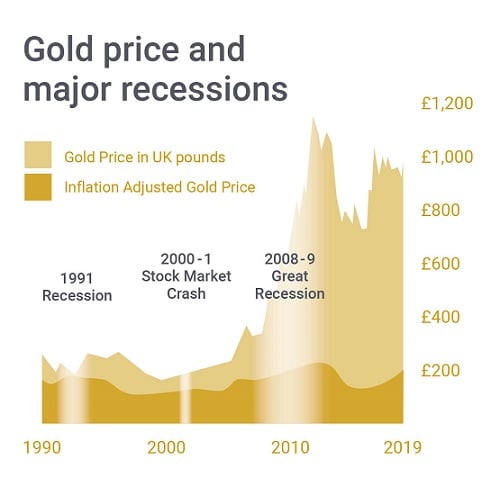Let’s be blunt: the US’s latest tariff threats are mostly noise, a show of strength that lacks real bite. But don’t mistake this for a reason to be complacent! The Chinese photovoltaic (PV) industry has already proven remarkably resilient to US trade pressures – ‘double anti-dumping,’ Section 301 tariffs, you name it. We’ve learned to navigate these challenges.
:no_upscale()/cdn.vox-cdn.com/uploads/chorus_asset/file/16348267/Figure_6.jpg)
Photo source:micro-solar-energy.com
We’ve effectively decoupled our direct exports from US tariffs by establishing robust manufacturing bases in Southeast Asia. This isn’t a new strategy, but it’s one that continues to pay dividends.
Of course, these trade skirmishes aren’t without cost. Overseas production increases expenses and squeezes margins. However, even with these rising costs, Chinese PV manufacturers maintain a competitive edge against purely domestic US production. Expect the US’s push for reshoring to be… bumpy, at best.
Now, here’s the crucial takeaway: simply reacting isn’t enough. We need proactive strategies. Diversifying into non-US markets is paramount. That means aggressively pursuing opportunities in Europe, South America, and beyond.
Knowledge Point Expansion:
The concept of ‘tariff decoupling’ is vital. This means shifting production outside the target country to bypass direct tariff impacts. This isn’t unique to solar; many industries employ similar tactics.
The ‘301 tariffs’ refer to tariffs imposed by the US under Section 301 of the Trade Act of 1974, often used to address unfair trade practices. Understanding this framework is key to interpreting trade policy.
‘Double anti-dumping’ combines anti-dumping duties (targeting below-cost sales) with countervailing duties (targeting government subsidies). This is a common tactic to protect domestic industries.
Beyond diversification, companies must invest in technological innovation, build strong brands, and evolve into providers of comprehensive solar solutions, beyond just panels. This move towards becoming solution providers—offering services like system design, installation, and maintenance— will unlock more profit and ensure long-term resilience.
The future isn’t about competing on price alone. It’s about delivering value, fostering innovation, and being strategically adaptable. It’s time for the industry to think beyond simply surviving and start focusing on thriving.



